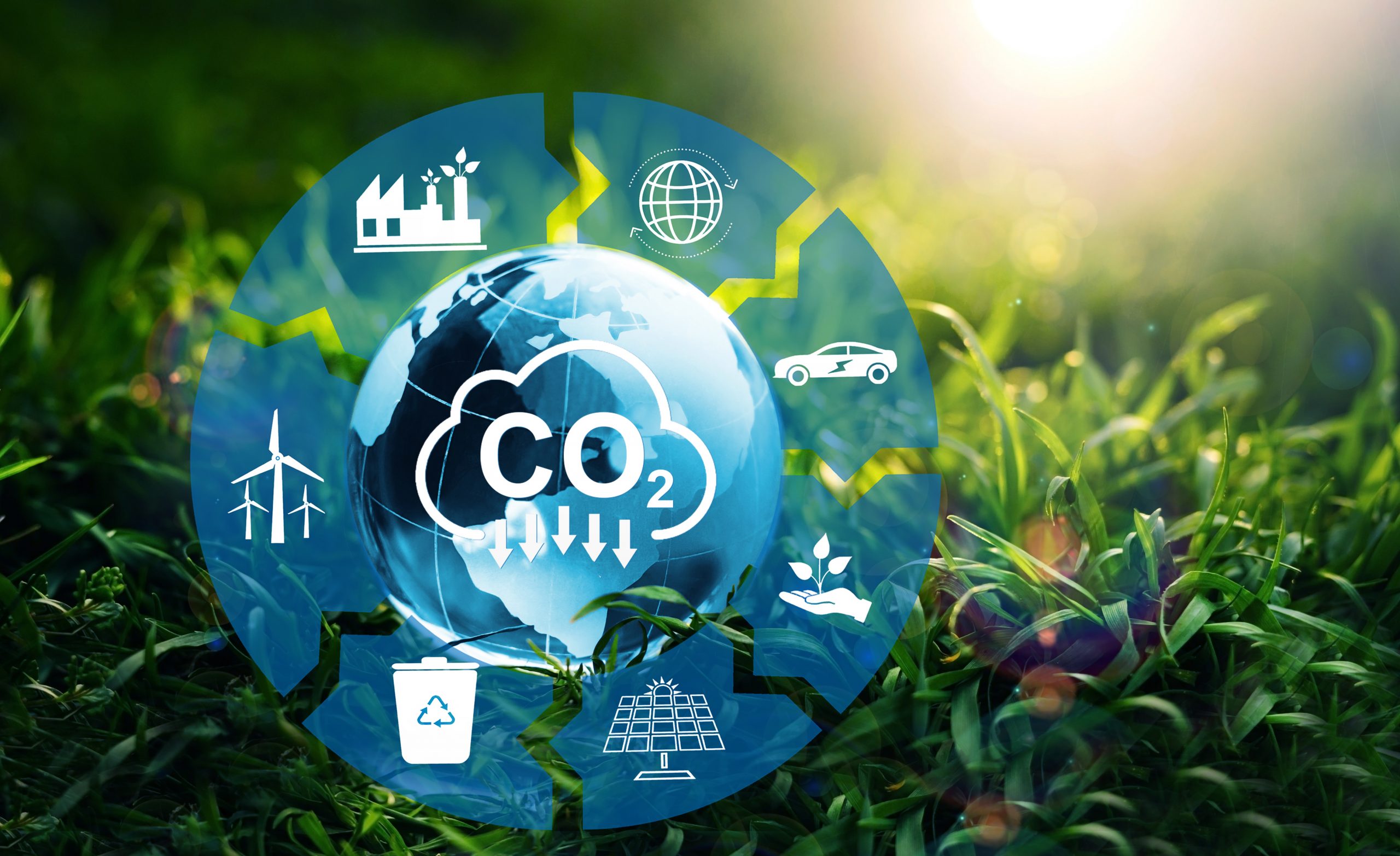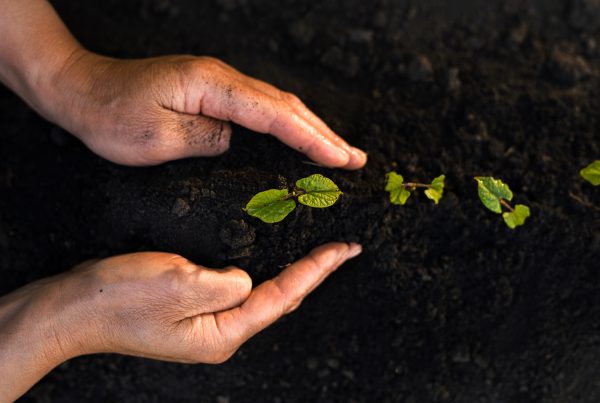The start of a new calendar year is an opportune time to reflect on your business’s activities over the previous 12 months. In the spirit of New Year’s Resolutions, before setting any sustainability goals for the year ahead, it’s essential to critically assess how well you followed the ambitions set at this time last year.
If you haven’t yet accomplished what you set out to achieve in 2022, try to pinpoint what went wrong and why you fell short. If you’re unclear on whether you reached your goals, consider how you can apply tangible measures to track your progress. Your goal may be to decrease energy consumption in your operations by 5% by June or switch 20% of all product packaging to green materials by the end of the year. These types of clear targets allow you to share your company’s ambitions with staff in your organisation, monitor and communicate your progress and celebrate success collectively.
However, before committing to any lofty sustainability goals for 2023, it’s essential to take a moment to reflect and benchmark where your business currently sits in these four key areas:
Supply chain impact
Your business does not exist in isolation. Many external providers, manufacturers and distributors likely impact your business’s day-to-day running. Whether that be the overseas factories where products are produced, the delivery couriers that get packages to your customers or the integrated systems you use to operate your business, they all contribute to the overall carbon footprint you create by doing business.
In our increasingly eco-aware world, sustainable procurement has never been so important. Review your partnerships with the various suppliers and manufacturers in your supply chain. Assess how well these companies have risen to their sustainability mission over the past year (if you don’t know, you can ask them for a report). Consider the emissions from production, transportation, and packaging at all touchpoints. These insights will help you analyse the emissions produced from your entire supply chain in 2022 and provide you with data to forecast a realistic and achievable reduction for 2023.
Packaging materials
It’s time to take a holistic look at the packaging used from start to finish in your supply chain. Assess the packaging arriving with supplier shipments and the orders you send to customers, including the packaging enclosing individual products and the shopping bags provided at the register. Evaluate the amount of plastic used in these areas and determine where it could be reduced. Challenge yourself with a clear reduction goal in terms of a percentage figure of packaging that will be compostable by this time next year. These measures will help you track your progress toward your sustainability goal throughout the year and celebrate its achievement.
Warehousing operations
How effectively are your company’s warehouse operations running? Review the sustainability goals set at the beginning of last year and assess whether you met your objectives. If your warehouse isn’t operating as sustainably as it could be, here are a few things you can implement.
- Lights. If you have electric lighting on all the time, consider utilising natural light by opening roller doors during the day. If that doesn’t suit your warehouse activity or the weather conditions outside, look into replacing your current bulbs with LED strip lighting for more efficient energy usage.
- Printing. Do you still use outdated hard-copy systems for receiving and managing stock? If you print receipts and labels, it’s time to investigate taking your operations online. Automation will allow a more accurate, efficient, and paperless system, with fewer trees felled and less cost to your business.
- Green materials. Explore options for eco-friendly packaging, and demand that any extensions or warehouse upgrades be built with green materials and sustainable building techniques.
- Waste management. Review your current process for sorting and removing waste. Ensure specific bins are readily available to capture recyclable products and compostable organic waste.
Office procedures
Most office spaces have areas that can be improved upon when it comes to emission efficiencies. If you’ve applied sustainable measures in previous years, continue the journey by auditing your office’s current energy usage and waste procedures and setting new reduction targets for the coming year.
Ask whether your energy supplier uses renewable resources like wind, water, or solar for most of their power. Combine this action with installing energy-efficient lighting and timers in meeting rooms. If building modifications are planned for this year, be sure to opt for sustainable materials that reduce your heat and cooling costs, with the option to open windows and use fresh air flow where possible. Just like in the warehouse, having the correct bins available for recycling, composting, and general waste will ensure everything that can be reused is sent to the proper place.
So, take this time to review your business’s current processes and procedures. Armed with fresh eyes and an appetite for continuous improvement, decide on specific and measurable sustainability goals for your supply chain, packaging, warehouse, and office in 2023 and beyond.




